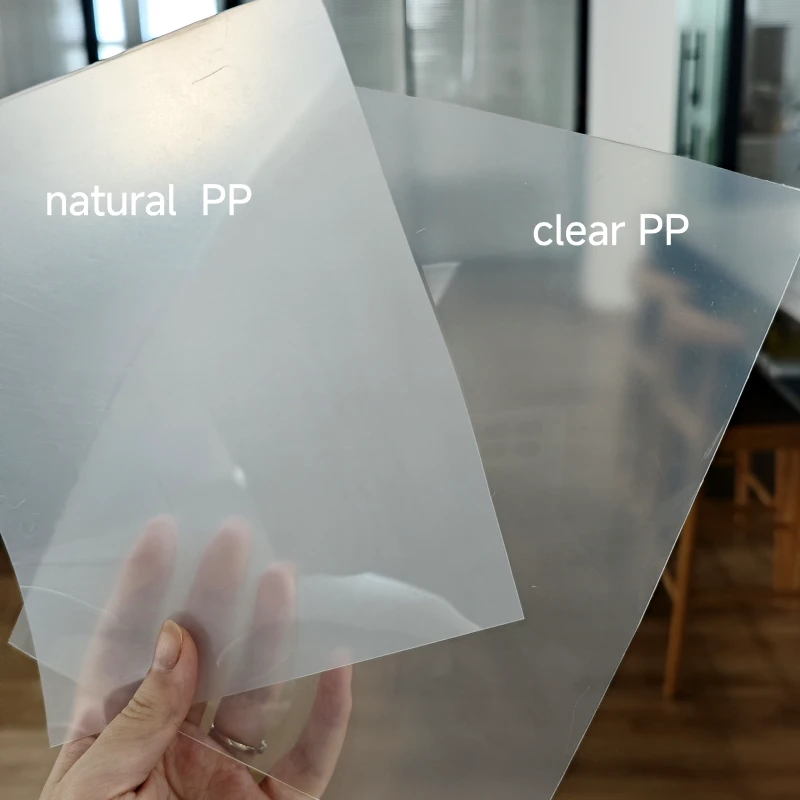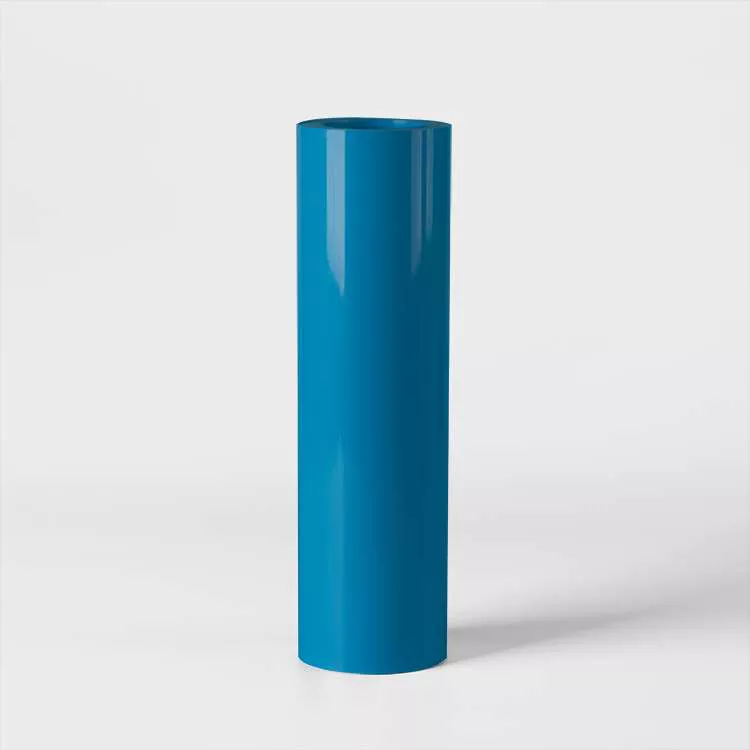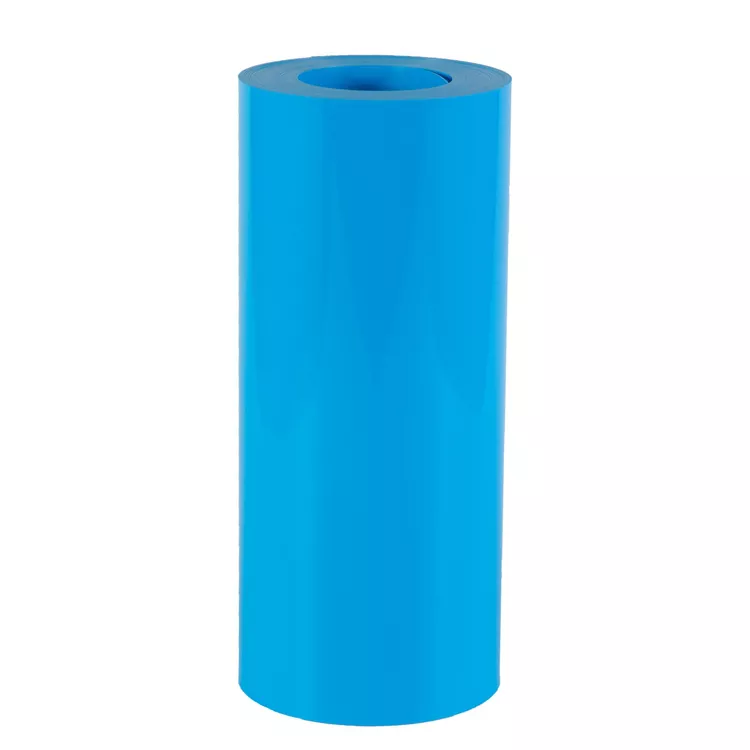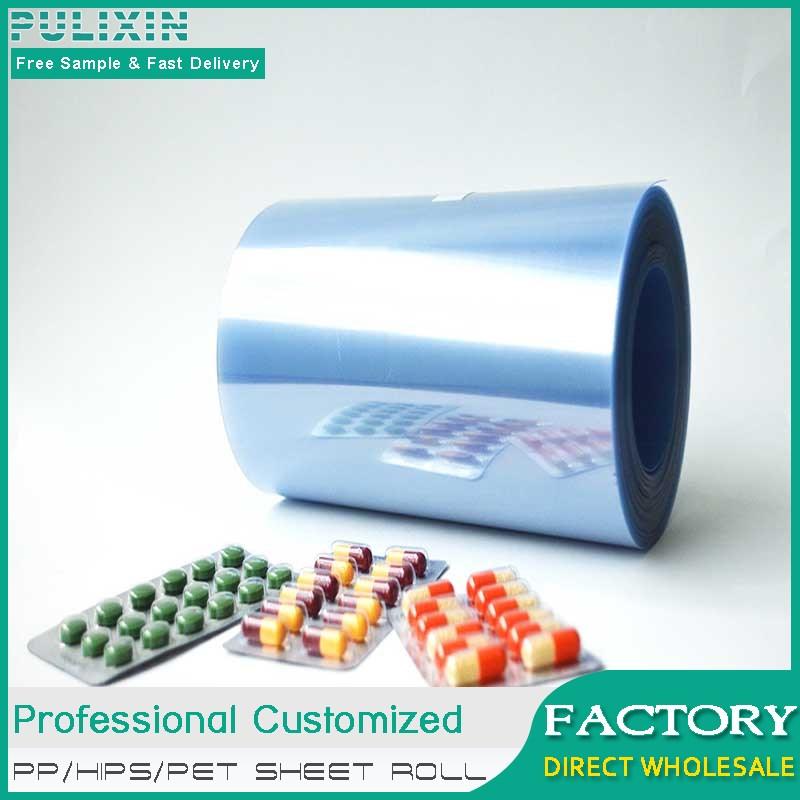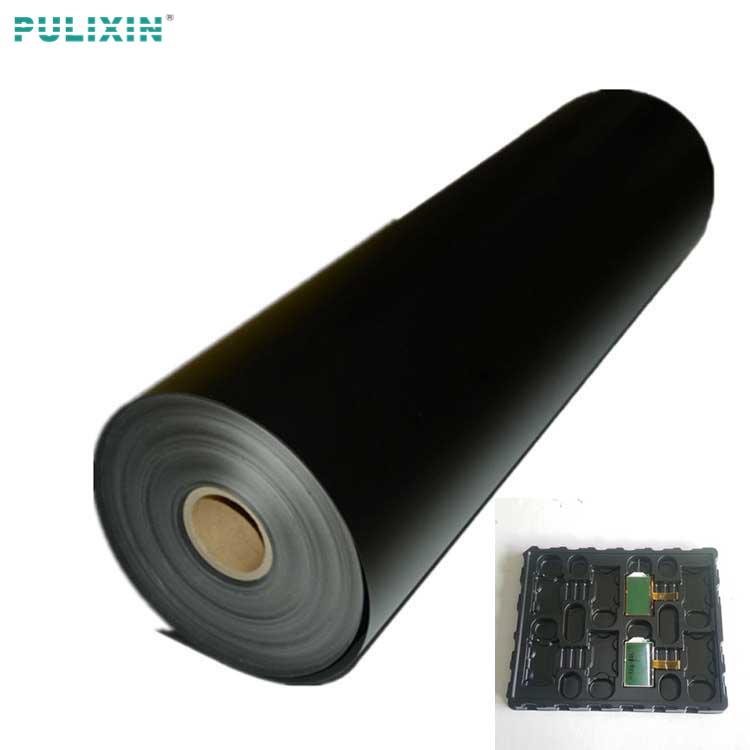
Antistatic HIPS plastic sheet for packaging electronic products
Pulixin is an excellent and leading plastic sheet Manufacturer & factory in China. We have advanced technology and equipment, mature foreign trade and export experience, and have established good cooperative relations with customers in more than 60 countries. Free samples supply, OEM & ODM accepted
- Brand: PULIXIN
- Origin: Shanghai, China
- MOQ: 5 tons
- Thickness: 0.3~2mm
- Width: 300~850mm
- Application: Thermoforming
- Send Inquiry
-
- Email: [email protected]
- Phone: +8615221762039
- WhatApp

- Wechat

Product Introduction Of Antistatic HIPS plastic sheet for packaging electronic products
High Impact Polystyrene (HIPS) is a commonly used material for packaging electronic products due to its excellent impact resistance and affordability. When it comes to antistatic properties, which are crucial for protecting electronic components from electrostatic discharge (ESD), the standard HIPS material may not provide sufficient protection. Therefore, antistatic additives or coatings are often incorporated into the HIPS to create antistatic HIPS sheets.

Antistatic HIPS plastic sheets for packaging electronic products advantages
1. Antistatic Additives: The antistatic properties are typically achieved by incorporating additives into the HIPS during the manufacturing process. Common additives include carbon black or chemical compounds that help dissipate static charges.
2. Surface Resistivity: The effectiveness of an antistatic material is often measured by its surface resistivity, which is expressed in ohms per square. Lower surface resistivity values indicate better antistatic properties. Ensure that the antistatic HIPS sheets you choose meet the required surface resistivity standards for electronic packaging.
3. ESD Protection: Electronic components are sensitive to electrostatic discharge. Antistatic HIPS sheets should provide a level of electrostatic discharge (ESD) protection to prevent damage to sensitive electronic devices during handling and transportation.
4. Physical Properties: Consider the impact resistance, clarity, and other physical properties of the HIPS material. These properties are important for ensuring that the packaging adequately protects the electronic products.
5. Compliance with Standards: Ensure that the antistatic HIPS sheets comply with relevant industry standards and regulations for electronic packaging materials.
6. Packaging Requirements: Consider the specific packaging requirements of the electronic products you are dealing with. The thickness, size, and other specifications of the HIPS sheets should align with the packaging needs of the electronic components.
Product Application Of Antistatic HIPS plastic sheet for packaging electronic products
Antistatic High Impact Polystyrene (HIPS) plastic sheets are commonly used in various applications for packaging electronic products. The primary purpose is to provide protection against electrostatic discharge (ESD), which can damage sensitive electronic components. Here are some specific product applications of antistatic HIPS plastic sheets in packaging electronic products:
1. Electronic Component Trays
Antistatic HIPS sheets can be thermoformed or die-cut into trays that hold and protect individual electronic components.
These trays prevent direct contact between components, minimizing the risk of physical damage, while the antistatic properties help dissipate any static charges.
2. Shipping Trays and Inserts
HIPS sheets can be used to create trays or inserts within shipping boxes to securely hold electronic devices during transportation.
The antistatic properties of the material prevent static buildup that could potentially harm the electronic products.
3. Blister Packaging
Antistatic HIPS sheets are suitable for blister packaging, where the plastic sheet forms a protective blister around the electronic product.
This type of packaging provides visibility of the product while safeguarding it from physical damage and static charges.
4. Anti-Static Clamshell Packaging
Clamshell packaging, commonly used for packaging smaller electronic devices such as memory cards or USB drives, can be made using antistatic HIPS sheets.
The clamshell design allows for easy viewing of the product and protects it from both physical damage and electrostatic discharge.
5. Consumer Electronics Packaging
Antistatic HIPS plastic sheets are employed in the packaging of consumer electronic products, such as smartphones, tablets, and other gadgets.
The material helps prevent static electricity from accumulating on the packaging, reducing the risk of ESD during product handling.
6. Static-Safe Enclosures
In some cases, antistatic HIPS sheets may be used to manufacture static-safe enclosures or cases for electronic devices.
These enclosures protect the internal components from both physical damage and electrostatic discharge.
7. Electronic Equipment Packaging
Larger sheets of antistatic HIPS may be used to create custom packaging solutions for various electronic equipment, providing a balance of protection and visibility.
8. Industrial Packaging for PCBs
Antistatic HIPS sheets are suitable for creating packaging solutions for printed circuit boards (PCBs) to safeguard them during storage and transportation.
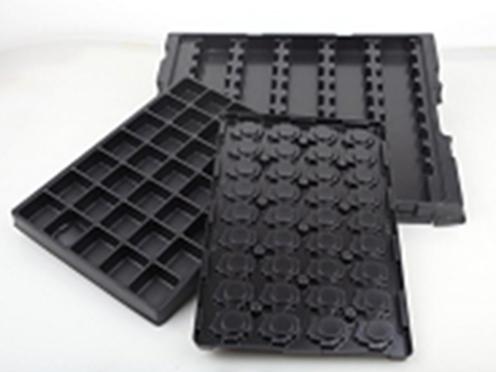
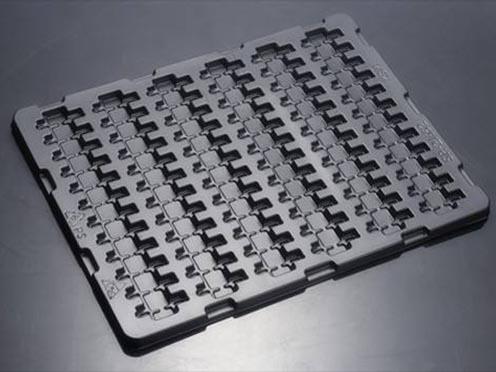
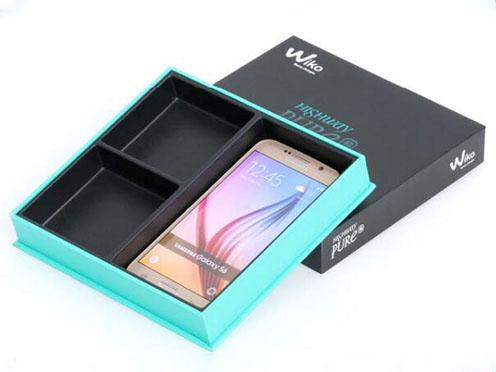
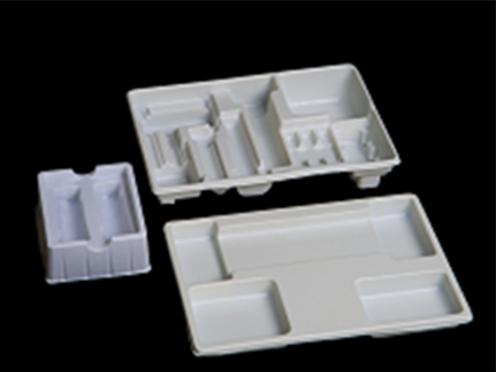
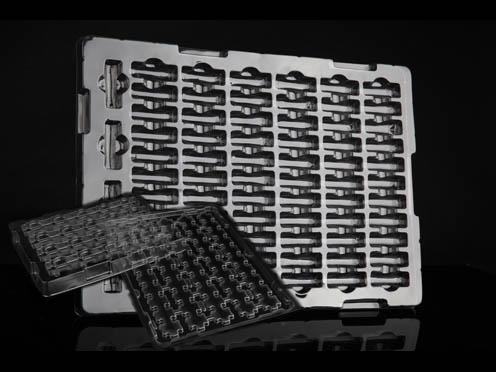
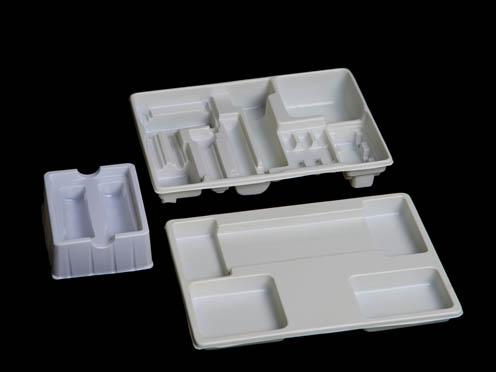
Production Processes Of Antistatic HIPS plastic sheet for packaging electronic products
High Impact Polystyrene (HIPS) is a commonly used material for packaging electronic products, especially when antistatic properties are required to prevent the buildup of static electricity. The production of antistatic HIPS plastic sheets involves several key processes:
1. Raw Material Selection
Begin by selecting high-quality polystyrene resin with suitable molecular weight and impact resistance.
2. Compounding
Incorporate antistatic additives into the polystyrene resin. Common antistatic additives include carbon black, metallic compounds, or surfactants. These additives help to dissipate static charges and prevent the accumulation of static electricity on the plastic surface.
3. Mixing/Extrusion
The compounded resin is then mixed thoroughly to ensure uniform distribution of the antistatic additives.
The mixed resin is fed into an extruder, where it is melted and formed into a continuous sheet. The extrusion process helps in creating a consistent thickness and width.
4. Calendering or Roll Milling
The extruded plastic sheet may go through a calendering process or roll milling to achieve the desired thickness. This process also imparts a smooth and uniform surface to the sheet.
5. Cooling
The plastic sheet is then cooled to solidify it. Cooling methods may include passing the sheet through water-cooled rollers or air cooling.
6. Surface Treatment
Apply a special coating or treatment to enhance the antistatic properties of the HIPS sheet. This treatment may involve the application of topical antistatic agents to the surface.
7. Cutting and Shaping
The antistatic HIPS sheet is cut into the required dimensions for packaging electronic products. This can be done using cutting machines or other shaping processes.
8. Quality Control
Perform quality checks to ensure that the antistatic HIPS sheets meet the required specifications, including thickness, surface smoothness, and antistatic performance.
9. Packaging
The final antistatic HIPS sheets are packaged and prepared for distribution. This packaging is often designed to protect the sheets from dust, moisture, and other contaminants that could affect their properties.
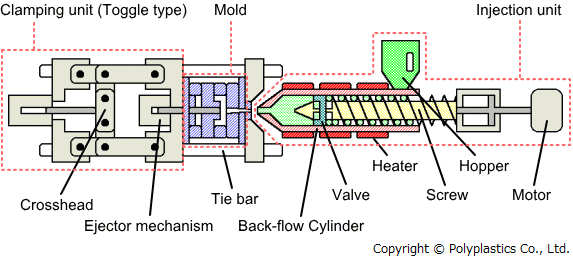
Why Choose Pulixin
PULIXIN is an excellent leading PP plastic sheet roll manufacturer in China. Our factory covers an area of more than 10,000 square meters and has 4 rigid polypropylene sheet production lines with international advanced equipment. It can produce 3,000-5,000 tons of PP plastic sheets per month, and the maximum storage capacity exceeds 10,000 tons.- High Level Factory
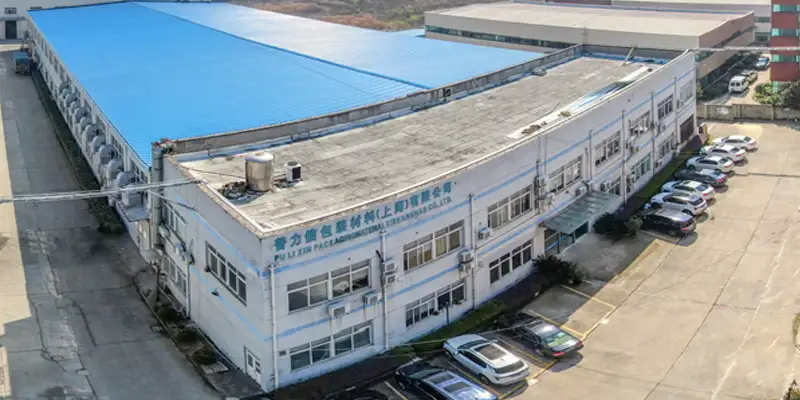
- 1, 6000㎡ Area
2, 10 co-extrusion lines
3, 15 years experience
4, 2300+ regular customers
- Considerate Service

- 1, Quick reply to inquiries
2, Free sample on paying the postage
3, Strong capacity, short production and fast delivery
4, Factory inspection acceptable
5, OEM Support
- Strict Quality Control
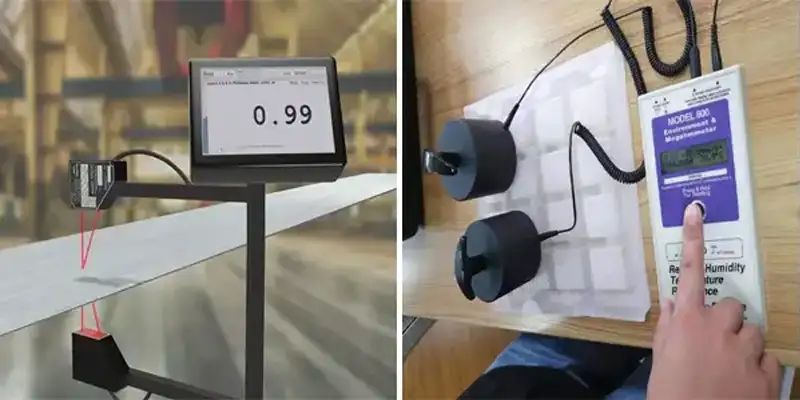
- 1, Thickness error:+-0.1mm
2, Weight erroe:+-1kg
3, Antistatic impedance: +-0.1Ω
- On Time Delivery
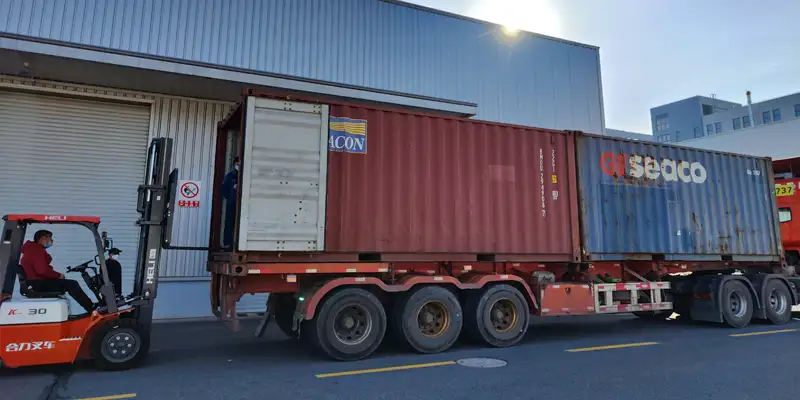
- 1, Production: 1days after prepayment
2, Delivery: 5days after final payment


